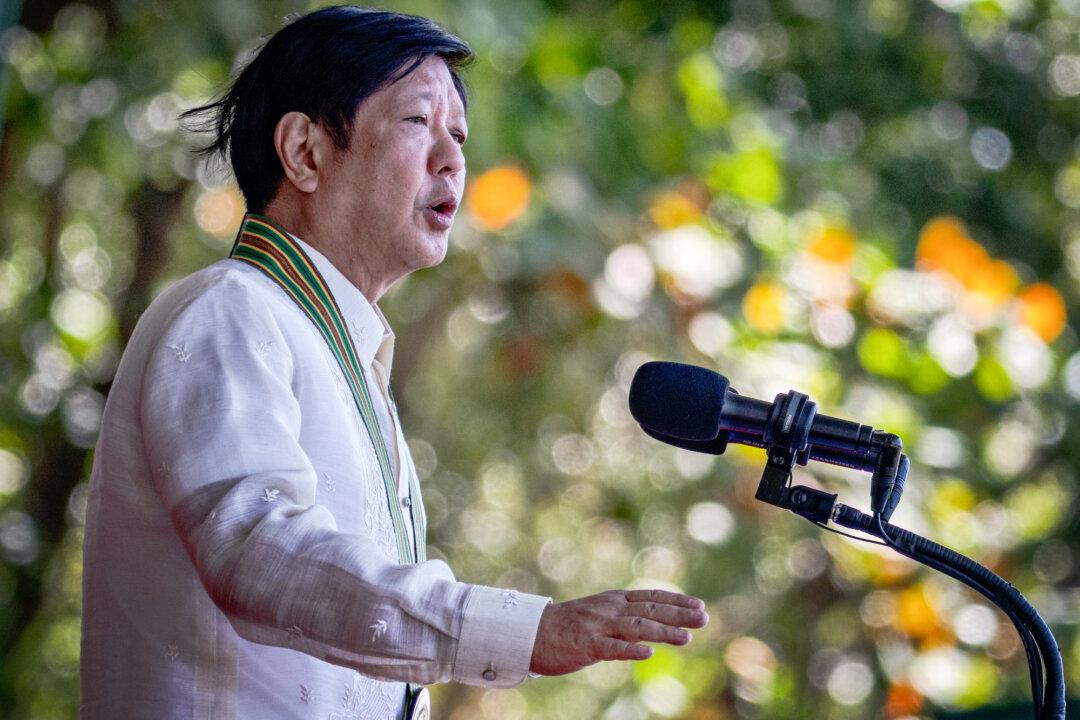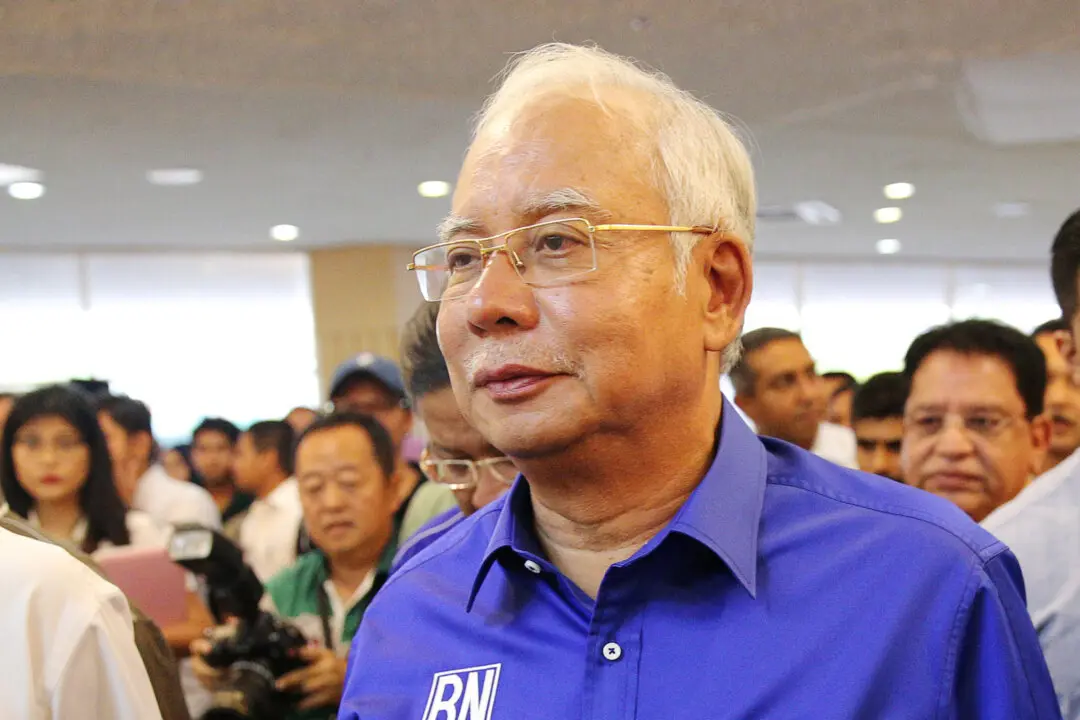MANILA—The Philippines on Sept. 24 accused China’s coast guard of installing a “floating barrier” within its exclusive economic zones, preventing Filipinos from entering and fishing in an area that the Chinese Communist Party claims as part of its territory in the South China Sea.
Manila’s coast guard and Bureau of Fisheries and Aquatic Resources “strongly condemn” China’s installation of the barrier in part of the Scarborough Shoal, Commodore Jay Tarriela, a coast guard spokesperson, posted on the X social media platform, formerly Twitter.





